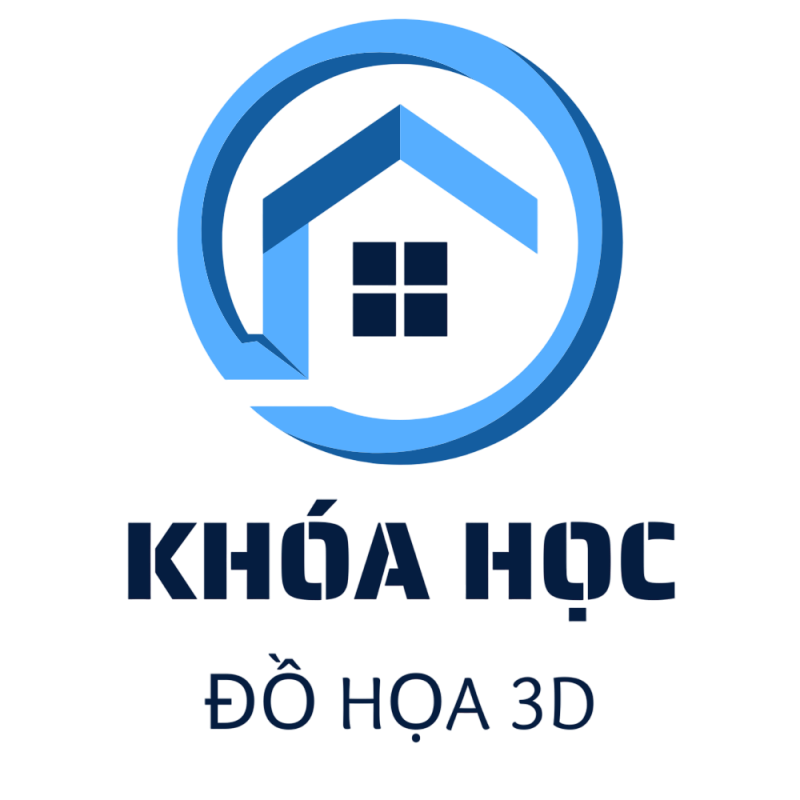TL;DR: Started using virtual staging for my house photography gig and it’s been a total revelation. Here’s my honest take.
So, I’ve been hanging out on this sub on hashnode.dev for forever and finally decided to post about my experience with virtual staging. I’m a freelance photographer who’s been doing properties for about three years now, and virtual staging has revolutionized my work.
My Introduction
Around 12 months back, I was struggling to compete in my local market. All the other photographers seemed to be offering additional value, and I was missing out on jobs left and right.
Then one morning, a client asked me if I could make their vacant house look more “lived-in.” I had no idea with virtual staging at the time, so I sheepishly said I’d see what I could do.
Getting Started
I spent way too much time researching different virtual staging solutions. In the beginning, I was unsure because I’m a old-school photographer who believes in capturing reality.
After digging deeper, I realized that virtual staging isn’t about fooling buyers – it’s about demonstrating possibilities. Vacant spaces can feel unwelcoming, but properly furnished spaces help potential buyers connect emotionally.
My Setup
After experimenting with various solutions, I chose a combination of:
Software:
- Adobe Photoshop for fundamental adjustments
- Professional staging platforms like BoxBrownie for detailed staging work
- LR for color correction
Hardware:
- Canon 5D Mark IV with ultra-wide glass
- Professional tripod – absolutely essential
- External lighting for consistent illumination
Mastering the Craft
Not gonna lie – the beginning were challenging. Virtual staging requires knowledge of:
- Decorating basics
- How colors work together
- How furniture fits in rooms
- Realistic light sources
My first tries looked obviously fake. The furniture didn’t match the lighting, proportions were off, and everything just looked cheap.
The Breakthrough
About six months in, something fell into place. I learned to really study the natural illumination in each room. I discovered that realistic virtual staging is 90% about matching the existing illumination.
Now, I spend significant time on:
- Analyzing the direction of natural light
- Mimicking ambient lighting
- Choosing furniture styles that complement the existing features
- Making sure color temperature matches throughout
The Business Impact
This might sound dramatic, but virtual staging completely changed my career. Here’s what happened:
Income: My average job value jumped by about 70%. Real estate agents are willing to pay significantly higher rates for full-service listing photography.
Customer Loyalty: Clients who use my virtual staging packages almost always return. Referrals has been incredible.
Competitive Advantage: I’m no longer competing on budget. I’m offering meaningful results that measurably helps my clients’ listings.
The Hard Parts
Let me be transparent about the difficulties I encounter:
It Takes Forever: Good virtual staging is time-intensive. Each room can take several hours to complete professionally.
Managing Expectations: Some agents don’t understand virtual staging and have wild ideas. I spend time to explain and manage expectations.
Equipment Problems: Tricky room layouts can be extremely difficult to handle properly.
Keeping Current: Interior design trends change constantly. I regularly update my design elements.
Advice for Beginners
If you’re considering starting virtual staging:
- Start Small: Don’t jump into difficult rooms immediately. Get comfortable with basic staging first.
- Invest in Education: Take courses in both technical skills and design fundamentals. Knowing aesthetic rules is essential.
- Create Examples: Practice on your own photos in advance of charging money. Create a impressive showcase of staged results.
- Be Transparent: Never forget to mention that photos are digitally enhanced. Transparency maintains credibility.
- Price Appropriately: Don’t undervalue your skills and effort. Professional virtual staging demands expertise and deserves to be valued accordingly.
What’s Next
Virtual staging keeps improving. Machine learning are making more efficient and better quality results. I’m excited to see what innovations will further improve this profession.
At the moment, I’m focusing on growing my professional skills and maybe mentoring other people who are interested in virtual staging.
In Conclusion
These tools has been one of the most valuable additions I’ve made in my business journey. It’s not easy, but the benefits – both monetary and career-wise – have been absolutely worth it.
If you’re on the fence, I’d say give it a shot. Take your time, educate yourself, and be patient with the journey.
Feel free to ask any follow-ups in the replies!
Update: Appreciate all the thoughtful comments! I’ll do my best to answer to as many as possible over the next few days.
Hope this helps someone interested in virtual staging!
